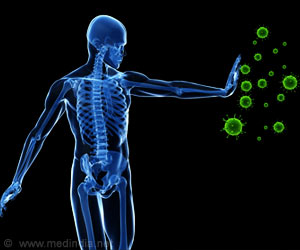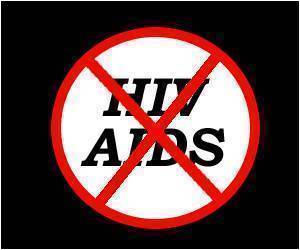The cluster, which previously included just three cases, represents the first known instance of possible animal-to-human transmission of the virus in the US.
Casey Barton Behravesh, who directs the CDC’s One Health Office, told NYT that the samples of the virus collected from all four people contained two mutations that scientists have hypothesized may be signs of adaptation to mink.
The mutations have previously been documented in farmed minks in Europe as well as in people with connections to those farms.
“This, in addition to the mink farmworkers testing positive for COVID-19 after the mink herd had begun experiencing illness and increased mortality, suggests that the most likely hypothesis is that the workers were infected after contact with mink on the farm,” Behravesh said.
Source: Medindia



